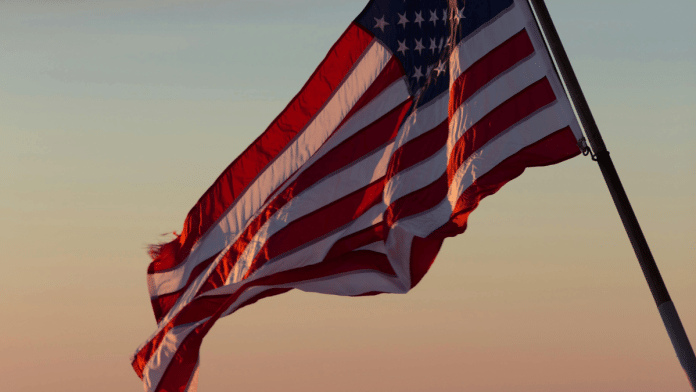Thank you dear subscribers, we are overwhelmed with your response.
Your Turn is a unique section from ThePrint featuring points of view from its subscribers. If you are a subscriber, have a point of view, please send it to us. If not, do subscribe here: https://theprint.in/subscribe/
What follows is based on a blog post I wrote in 2010. I was a fresh-of-the-boat graduate student in the US. Having resided in that land for about a year and a half, I started noticing not-so-subtle hints of patriotism being dropped at me and the following thoughts flowed out through my keyboard. I am pleasantly surprised by how well they hold the test of time, especially in the recent Trump era.
End of prologue.
It was 2008 and I had first-hand witnessed the racism in America completely disappear [sic] through the ascendance of a half-black man to the Presidency of the United States. The city was Baltimore, of which about 63-64% population was Black. The atmosphere was electric. The jubilation was loud. The excitement was palpable.
As weeks and months passed and I heard Obama speak, or passed by the ‘star-spangled banners’ fluttering in the doorways, backyards of every other house, or indulged myself in watching Hollywood motion pictures, the American patriotism was unavoidably in-my-face. Coming from India – with a discourse on “the idea of India” on the back of my mind – I asked myself, “How did this huge nation gain so much of oneness?” Everywhere I went, Baltimore, Boston, New York City, Washington DC, Pittsburgh, all cities were exactly the same. All the country-side looked pretty much uniform. Same roads, same shops, same restaurant chains, same farms, farming equipment, silos, a kind of a reassuring uniformity. Where did it come from? More fundamentally, how did the nation became what it is in its present geographical state?
I set out to answer the question, “How did the 50 United States of America become a single nation in their present geographical configuration?” After surveying the internet content, a couple of Wikipedia pages inter alia (particularly ‘Territorial changes of the United States’ and ‘Territorial Evolution of the United States’), here is what I found out (see the map here):
- 1776: An American Nation was (self-)declared to be founded.
- 1783: Pre-eminent European Imperial Powers recognized the foundation of the American Nation, boundaries were agreed upon and ratified in various treaties, like the Treaty of Paris.
- 1803: Jefferson bought a huge landmass from Napoleon for USD 15 million in those days, known as The Louisiana Purchase.
- 1845: Republic of Texas merged with the American Nation
- 1848: Landmass containing California, etc. bought from Mexico for USD 15 million (in those days) after the Mexican-American war (which itself was triggered by the merger of Republic of Texas).
- 1867: Alaska purchased from Russia.
- 1898: Republic of Hawaii annexed.
This sequence of events clarifies that the contemporary geographical expanse of the American Nation is only about 150 years old and not at all organically formed over vast periods of time. Most of it was just flat-out purchased or conquered.
Those are the dry historical facts. Now comes my editorialization: organically achieving oneness despite of diversity is a slow process. The only civilizational nations on Earth, who have achieved this feat are India and China. The monolithic uniformity Americans exhibit in terms of Abrahmic religions and English is a result of their European ancestors’ expansionist colonial mindset. The country simply hasn’t had enough time to achieve a unity in diversity organically.
American Nationalism that I witnessed stemmed from American Exceptionalism, and it is even more recent. Arguably, the first time the American Nation showed any glimpse of nationalism on an international stage was in 1917 (merely 20 years after acquisition of Hawai’i), because Lusitania sank in 1915, drowning 128 Americans. Thence, every single instance of overt American Nationalism has been in the times of crises: Pearl Harbour (1941), Korea (1955), Vietnam (1960s), the Gulf War (1990-91), Iraq (2003) Afghanistan (2010s). American nationalism has been purely militaristic, which is a toddler-like incarnation of nationalism on the time-scales of civilizations.
I attribute such immaturity to a lack of appreciable amount of history. A dearth of their own history forces an average American to take pride in such national achievements as wars. If at all an American can talk about any history with some affection (other than the meager 150 years of the nation), it is European, Greek or Roman history. But in that case, the history lacks nationalism. To deliver the punch-line, the history lacks nationalism and the nationalism lacks history.
These pieces are being published as they have been received – they have not been edited/fact-checked by ThePrint


